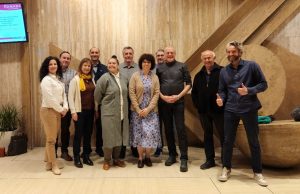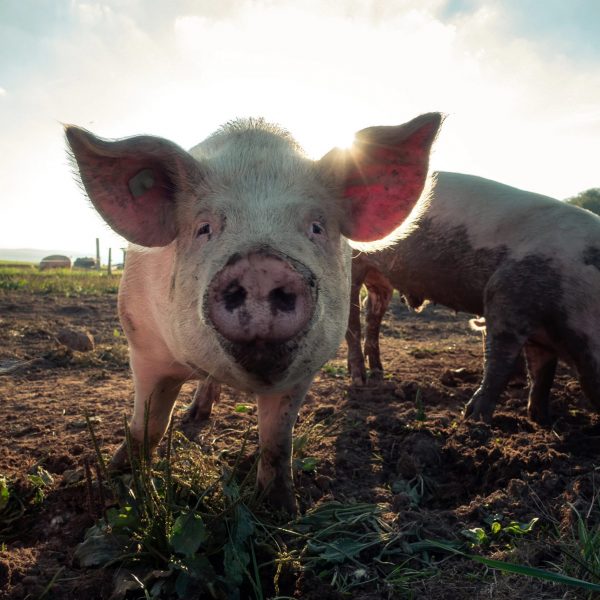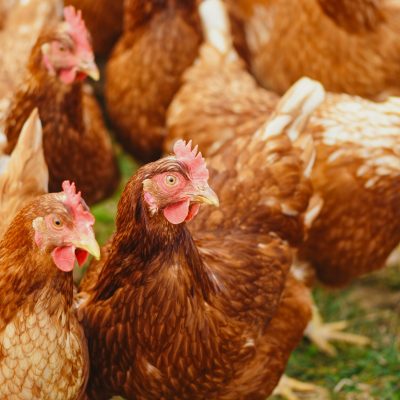


This will be achieved by selecting and supplying a number of farms in 5 key geographical areas in Europe with Precision Livestock Farming (PLF) tools. Both qualitative and quantitative surveys will be used to understand farmers’ attitudes towards PLF tools to identify barriers for the limited adoption of ICT based technologies. LivestockSense will also involve other actors in the value chain, such as technology developers and policy makers to explore attitudes towards the PLF and understand the future expectations of the livestock sectors. Recommendations will be made to remove or reduce the impact of those barriers. The likely economic and environmental benefits associated with technology adoption will also be incorporated in a learning database and associated website using AI based technologies and ICT tools for decision support.



Utilisation of ICT based tools in agriculture is crucial for the EU to become internationally competitive, socially inclusive and climate neutral by 2050, the goal set in the European Green Deal. However, promoting and adoption of ICT tools is a major challenge in animal production. Although advanced ICT solutions improve the environmental and economic viability of animal husbandry; farmers are not open to new technologies due to a lack of in-depth knowledge about the implications of its usage. The development of sustainable animal husbandry requires the removal of socio-economic and cultural barriers preventing the wider adoption of ICT tools.
Overcome selected socio cultural and economic constraints that prevent a more sustainable livestock production to foster green growth and digitization in the EU.
WP2 systematically applies ‘mixed social science methods’ to identify barriers for the adoption of PLF tools in high-priority areas. WP2 will specifically look at the beliefs and management behaviour related to current trends in human-animal (Hostiou et al., 2017) and human-machine interactions, as well as the acceptability of PLF tools by early adopters.
Work Package leader: MIGAL
Acquire the necessary information from the selected study farms to quantify economic & environmental benefits of using PLF tools under commercial on-farm conditions.
Work Package leader: AgHiTech
Undertake software development and related IT tasks and builds on WP2/WP3 in creating an ICT tool that will also support WP5 dissemination activities. Agile software development methods will be applied to let end-users make decisions & propose changes throughout the development.
Work Package leader: AKI
Communicate findings, scientific discoveries and inventions by selecting the right targets, communication channels and tools to engage key stakeholders. Obtain the anticipated impacts detailed in the ICT-AGRI-FOOD research call.
Work Package leader: Innvite
| Cookie | Duration | Description |
|---|---|---|
| cookielawinfo-checkbox-analytics | 11 months | This cookie is set by GDPR Cookie Consent plugin. The cookie is used to store the user consent for the cookies in the category "Analytics". |
| cookielawinfo-checkbox-functional | 11 months | The cookie is set by GDPR cookie consent to record the user consent for the cookies in the category "Functional". |
| cookielawinfo-checkbox-necessary | 11 months | This cookie is set by GDPR Cookie Consent plugin. The cookies is used to store the user consent for the cookies in the category "Necessary". |
| cookielawinfo-checkbox-others | 11 months | This cookie is set by GDPR Cookie Consent plugin. The cookie is used to store the user consent for the cookies in the category "Other. |
| cookielawinfo-checkbox-performance | 11 months | This cookie is set by GDPR Cookie Consent plugin. The cookie is used to store the user consent for the cookies in the category "Performance". |
| viewed_cookie_policy | 11 months | The cookie is set by the GDPR Cookie Consent plugin and is used to store whether or not user has consented to the use of cookies. It does not store any personal data. |